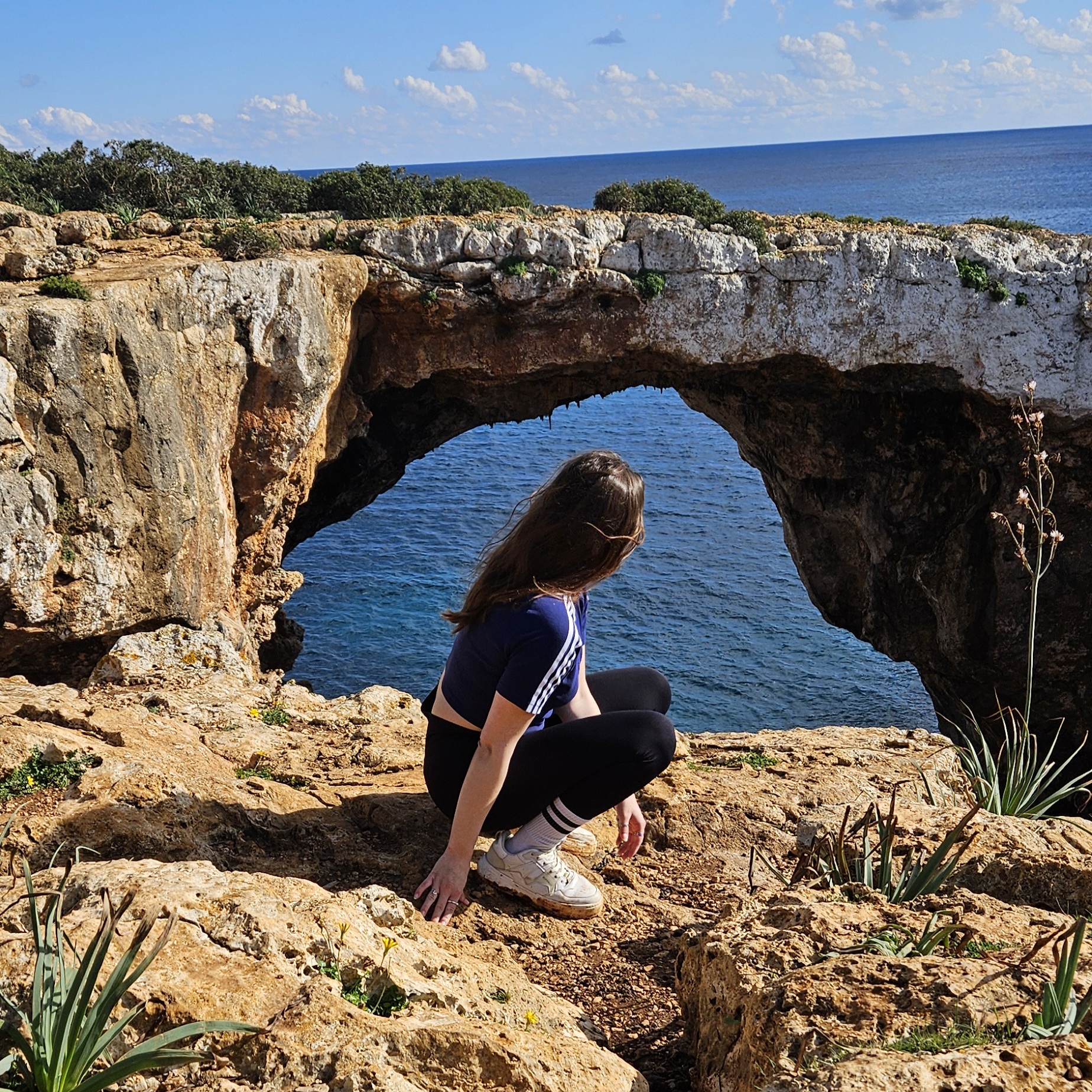Last updated: 05.08.2025
Reading time:
3
Minutes
If you want to witness a rather unusual natural phenomenon, the Berca Mud Volcanoes are the right destination for you! These mud volcanoes are located in the Romanian commune of Berca in Buzău County, about 130 km north of Bucharest. Since 1924, the approximately 30 square kilometers large crater landscape has been designated a nature reserve.
What Makes These Volcanoes So Special?
Instead of spewing hot lava, these volcanoes emit cold mud — doing exactly what you wouldn’t expect. The so-called mud volcanoes can reach heights of three to eight meters and are formed by small gas eruptions. These eruptions transport a mixture of clay soil and groundwater from depths of up to 3,000 meters to the surface.
Due to the absence of the expected heat, hiking through the crater landscape is a fascinating experience. The phenomenon of cold volcanism can best be observed in the areas around Paclele Mari and Paclele Mici, where many of these mud-spewing volcanoes are found.
The unique landscape creates a surreal, almost otherworldly impression. The scenery is breathtaking. Let yourself be enchanted by the barren, desert-like atmosphere and discover the unique mudflows. The bubbling volcanoes are of course the main highlight and are sure to leave a lasting impression.
Flora and Fauna
Flora
The geological and botanical nature reserve in Berca hosts several unique plant species. The unusual soil composition allows for the growth of special plants that can’t be found anywhere else in Romania. You might encounter species like Nitrariaceae or Atriplex verrucifera. At first glance, the landscape might appear barren and strange, as the escaping mix of water, salt, and sulfur creates an inhospitable environment for many plants. The salty water and sulfurous gases are harmful to most plants, and the soil is often nutrient-poor, making it hard for vegetation to thrive. As a result, plant diversity is sparse, but nonetheless, unique species can still be found. However, if you’re looking for lush vegetation, this is not the place for it.
Fauna
In the extraordinary environment of the mud volcanoes, you’ll mostly find small animals, insects, and various bird species. Some of the birds observed include the Barred Warbler, Alpine Accentor, Penduline Tit, Isabelline Wheatear, and European Bee-eater. Wondering how animals can live there? Let us explain. The unique plants that grow in the area provide a food source for some of the animals. The uneven terrain offers smaller animals protection from predators. Additionally, the local microclimate influenced by the mud volcanoes can impact biodiversity.
The Berca Mud Volcanoes showcase a fascinating landscape that proves even unusual geological formations can support a diverse range of wildlife!
Best Time to Visit
The best time to visit the Romanian town of Berca is between April and October when the weather is pleasantly warm. In July and August, temperatures can rise to around 32°C, while during other months, it tends to be around 20°C.
Travel Tips
Visiting the mud volcanoes is recommended only for physically fit individuals, as there are no proper paths and the hike can be quite rough. For those with physical limitations, such as severe back issues or wheelchair users, the site is not suitable. There are no designated paths and certainly no roads, making the terrain very uneven.
Please do not leave trash behind and respect nature.
Conclusion
If you’re looking to explore an extraordinary landscape and witness bubbling volcanoes, a trip to the mud volcanoes is perfect for you! There are also many impressive viewpoints and photo opportunities. This rare natural phenomenon offers a truly unique experience.
The DMC Team Wishes You a Pleasant Journey!
We wish you a wonderful trip to Romania and lots of fun on your adventure exploring the Berca Mud Volcanoes. Don’t forget to inform yourself about the country’s toll regulations. You can find more information on tolls in our guide. Feel free to use our route planner to better plan your trip and view relevant toll products. If you have any questions, don’t hesitate to reach out to us via email.
English


